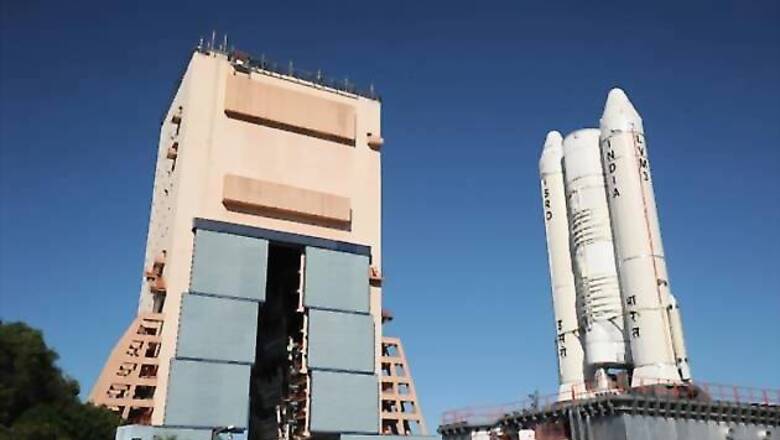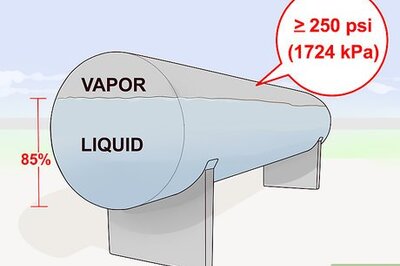
views
Sriharikota: With an eye on manned space missions, ISRO on Thursday successfully tested the atmospheric re-entry of a crew module after its heaviest launch vehicle, GSLV Mark-III, blasted off from Sriharikota.
GSLV Mark-III launch is significant as it had a Crew module Atmospheric Re-Entry Experiment (CARE) mission. This is basically a capsule that was taken above the earth's atmosphere by the rocket, and then sent back to earth.
It's ISRO's latest rocket and capable of taking satellites weighing 4-tonnes and more. ISRO is planning manned missions in about five years from now.
Following is a list of launches made by ISRO on GSLV:
Vehicle: GSLV-D1, Satellite: GSAT-1, Date: April 18, 2001, Weight: 1,540 kg, Result: Successful
Vehicle: GSLV-D2, Satellite: GSAT-2, Date: May 8, 2003, Weight: 1,825 kg, Result: Successful
Vehicle: GSLV-F01, Satellite: EDUSAT (GSAT-3), Date: September 20, 2004, Weight: 1,950 kg, Result: Successful
Vehicle: GSLV-F02, Satellite: INSAT-4C, Date: July 10, 2006, Result: Unsuccessful
Vehicle: GSLV-F04, Satellite: INSAT-4CR, Date: September 2, 2007, Weight: 2,130-kg, Result: Successful
Vehicle: GSLV-D3, Satellite: GSAT-4, Date: April 15, 2010, Result: Unsuccessful
Vehicle: GSLV-F06, Satellite: GSAT-5P, Date: December 25, 2010, Result: Unsuccessful
Vehicle: GSLV D5, Satellite: GSAT-14, Date: January 5, 2014, Weight: 1,982 kg, Result: Successful
Vehicle: GSLV-Mk-III Dec 18, 20143, Weight: 735 kg, Result: Successful



















Comments
0 comment